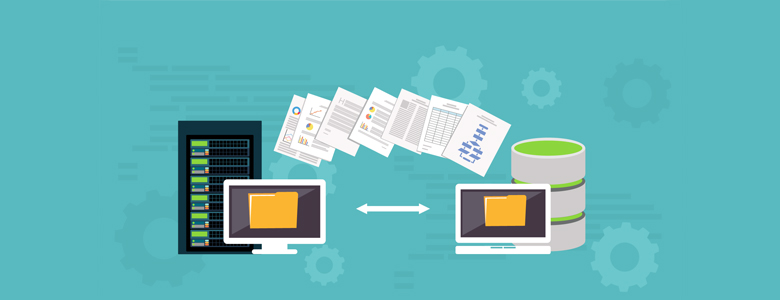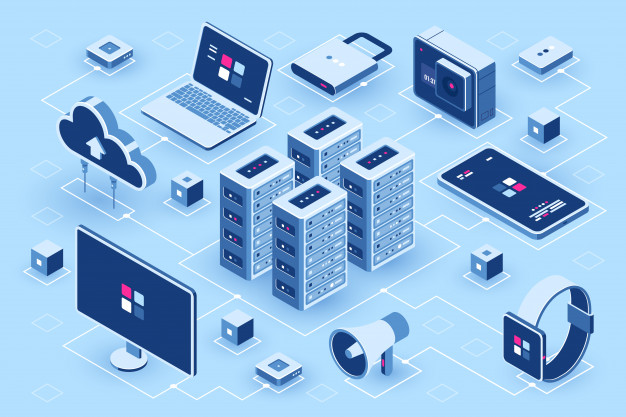You might have heard something about databases (DB) and you definitely face them at work in some way. Surely, you know that it is some data set that is stored in a special way. Also, you might have heard something about relational databases where the data is stored in the special tables. But do you know something about Database-as-a-Service (DBaaS)? Let’s define what database services are and how you can use them.
Talking about Database-as-a-Service we mean a cloud approach in storing and managing structured data. This is one of the most demanded technologies in information resources management. The common reason to use the DBaaS is that you do not need to install and maintain the database on your computer or laptop, especially if you do not need rent servers for DB deployment. You might make a request and get access to the working database in the cloud. To create this database, developers use private, public or hybrid cloud depending on the customer’s needs.
DBaaS for users looks almost like the usual database. The user has access to his information and has the ability to work with DBaaS like with the regular DB, for example, edit data, save changes, share some parts to other users, merge DB with other DBs, etc.
To use DBaaS you should get access to it from the Cloud Service Provider. One of the most famous providers is Amazon Web Services. They give access to the three following cloud DBs:
- SimpleDB – NoSQL;
- Amazon Relational Database Service;
- DynamoDB.
Thus, you have the functions of the habitual DB like MySQL, SQL or Oracle and the benefits of the cloud infrastructure. It is worth noting that the listed DBs also have their cloud analogs, so you can use almost the same DB in the cloud. This greatly simplifies the process of moving the data to the cloud.

What benefits does the DBaaS provide?
So, why should you use the DBaaS instead of a regular DB? Here is a brief list of benefits you’ll receive:
- Data safety. Data is safer in the cloud than on the local hardware. Cloud provider maintains all the hardware and takes care of the issues, so you can just use functions you need for your project.
- Fast processing of any complex request. On-prem database can use capacity only of your local hardware. The DBaaS can use much more capacity from cloud servers.
- Optimization of development and testing. This benefit is also based on access to higher capacity in the cloud.
- Scaling. Cloud computing allows using as many recourses as you need. Thus, if at the moment you need a small number of resources, you can use them. If tomorrow you will need more, the system will automatically give you more recourses. Also, this scheme allows paying only for what you use.
What about drawbacks? There are few drawbacks to the DBaaS. Working with cloud infrastructure you might face with latencies or unexpected application crashes due to component incompatibility. To avoid these issues you can refer to the reliable Managed Service Provider which will customize the system for your needs.

What else can you receive with managed database services?
There is the list of common database functions:
- automation of creating and receiving a database upon user request;
- organization of resource consumption and its payment;
- automatic deployment and retrieval of DB upon user request;
- fast creation of new DBs based on templates;
- a flexible tool for developers and quality assurance engineers, allowing them to ensure control of their work by DB administrators.
How to integrate the DBaaS in your company?
Talking about the Database-as-a-Service we should mention the database service companies that can integrate and customize DB for your business. Thus, if you want to implement the DBaaS, the best way is to find a Managed Services Provider (MSP) that will handle all the database issues.
You surely need an MSP when your local DB version is different from the cloud DB. In this case, MSP will carefully move data to the cloud making sure to not lose it. Also, this situation might need additional software or special approaches.
With MSP you can build the implementation strategy considering all your requests. After that, MSP will provide DBaaS the way you need, transfer your data without losses and as a result, you will have a solid system ready to work.





